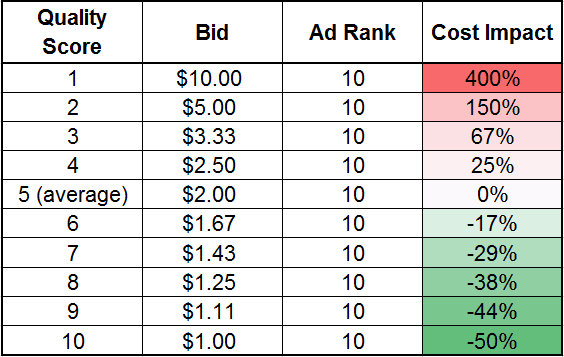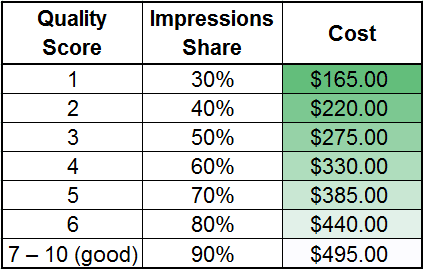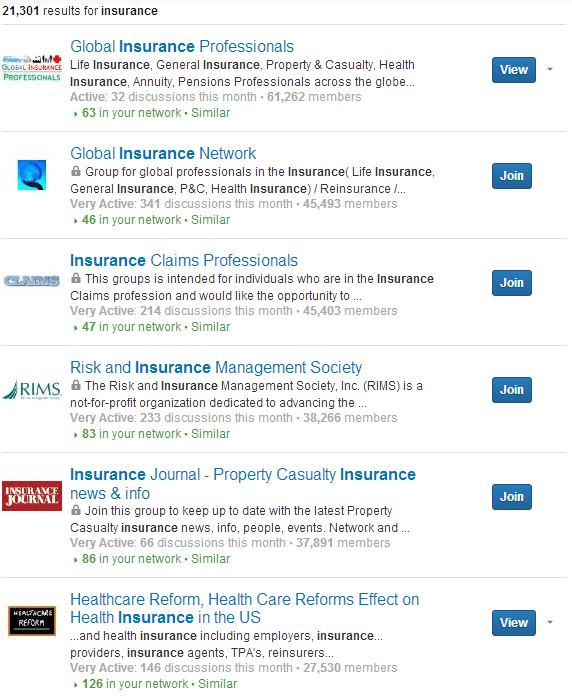Both Google AdWords and Bing Ads give a Quality Score out of ten (10) at the keyword level. These scores are primarily based on relevancy among your keyword, ad copy, landing page, and your competitiveness, which is mainly shown by your Click through Rate (CTR). There are huge differences in how these seemingly similar Quality Scores affect your PPC advertising. For instance, a low Quality Score could be costing you additional money per click, or it could be saving you money by preventing unwanted clicks.
A Low Quality Score Can Be Good?
For Google AdWords, there is no question that a low Quality Score equates to needing a higher bid in order to stay competitive. On Bing Ads however, a low Quality Score could save you money. Bing Ads will reduce your impressions share for low Quality Score keywords. This reduction of impressions will most likely cause two outcomes:
1) Increased Click through Rate (CTR)
2) Reduced Clicks
While this may initially seem like one positive and one negative, remember that you are charged for each click. This means that fewer clicks equates to fewer charges, or lower cost. If the impressions being prevented are less likely to obtain clicks and/or conversions, then the low Quality Score is actually helping you. Let’s look at some examples to clarify.
Google AdWords Low Quality Score
This table shows the real value (or cost) of Quality Score on AdWords. The numbers are based on keeping the same Ad Rank (value of 10), which is calculated by multiplying Bid and Quality Score.

Bing Ads Low Quality Score
There is no clear-cut formula (at least not one shared publicly) that determines how much impression share or how many impressions a low Quality Score keyword can/will receive. The numbers in the table below are entirely made up, but plausible and realistic.

Note: 7 – 10 are lumped together because Bing Ads does not lower impression share for these “good” Quality Scores.
The table above assumes that your CTR remains consistent despite the change in Quality Score, meaning that the number of clicks drops in proportion to the decrease in Impression Share. We are also assuming that your CPC does not change either. While these assumptions are unlikely to play out perfectly as depicted, the table still reveals how a low Quality Score could actually cause a decrease in cost. The real question is whether the value received from the acquired clicks drops as impression share and clicks decrease. If value is declining then the lower cost is not necessarily a good thing, but if value remains high while cost decreases, then your Return on Ad Spend (ROAS) will increase, which means your boss won’t worry about the low Quality Score.
Conclusion
Overall, Quality Score — whether on AdWords or Bing Ads — shows how relevant and competitive your PPC keywords, ad copy, and landing pages are. On Google AdWords, there is a clear path from Quality Score to impact on your bottom line. On Bing Ads, the path is not as clear, but Quality Score is still important. Remember, a low Quality Score is not always a bad thing on Bing Ads. Always track the value of conversions from PPC so that you know when/if a keyword is profitable despite its Quality Score.





